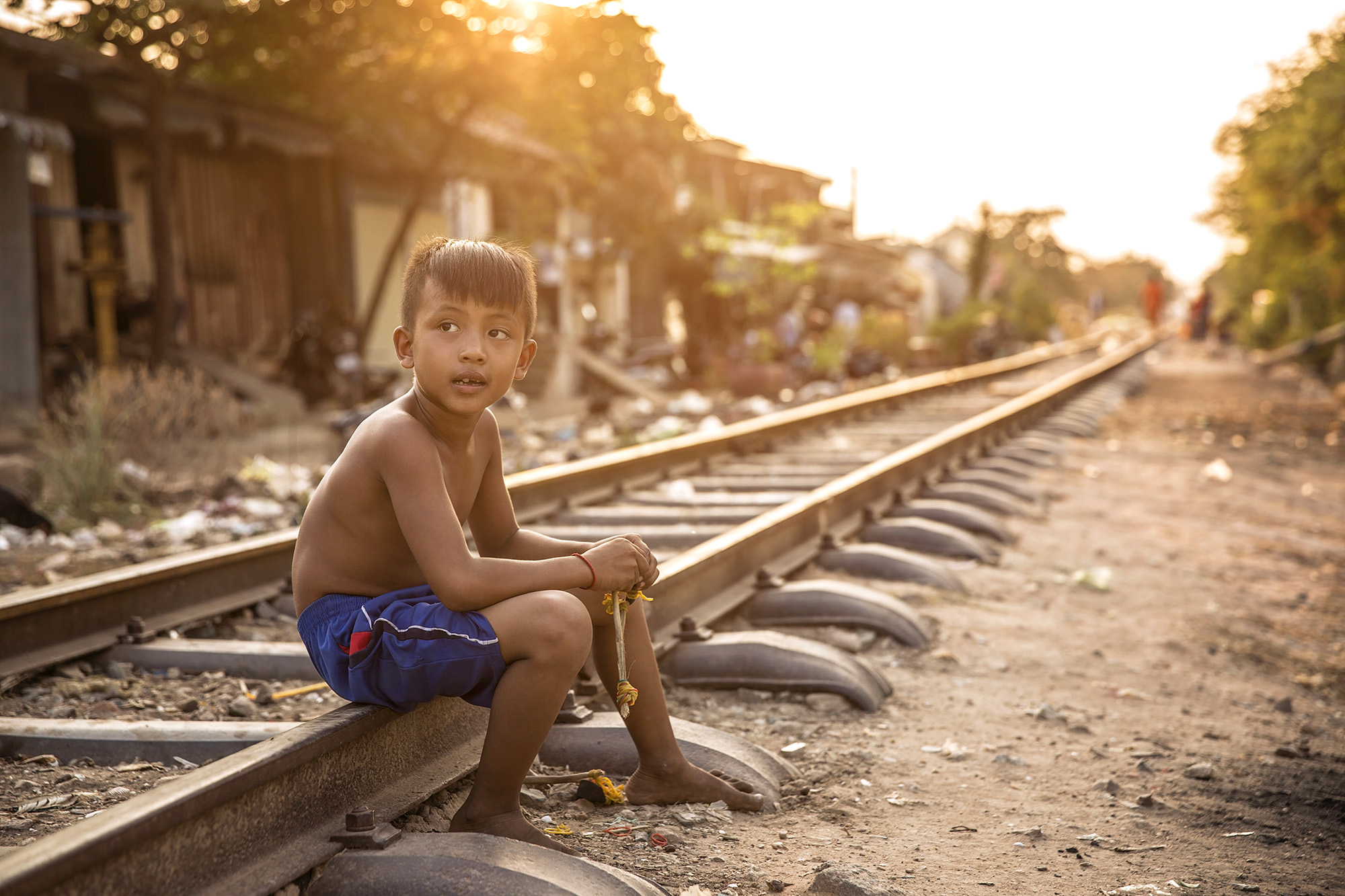by Kirsten Belloni
Life is weird. It leads you on a path - sometimes straight and sometimes winding. Sometimes the weather is clear and you can see for miles ahead, and other times the next step is shrouded in fog. There are times when you come to a crossroads and pause, wondering which will be the better route. Occasionally the journey affords you time to stop and look around, and simply admire the view. Those are the times that usually have me wondering, “How did I get here?” That’s how I ended up working with an NGO in Cambodia - along the winding path, and that question is one I often ask myself; quickly followed by, “And what am I supposed to do now?”
I’ll be the first to say that working with an NGO (non governmental organization) is a lot of hard work. But it’s also one of the biggest privileges I’ve had as a photographer. In the article, NGO’s to the Rescue, Judith Myers discusses some of the benefits - benefits I have experienced first hand.
Although in all honesty, I never planned any of it and only began to realize the possibilities and larger scope of the experience recently.
One of the benefits that Myers notes is exposure. Working with an NGO allows your work to be seen on a broader scale. Where it might be difficult to have the work published in a magazine or publicly exhibited, the NGO offers a platform and audience. Likewise, there is a good benefit for the NGO as social media has moved them from an advertising model to a visual storytelling model in educating viewers about their cause. It’s a win-win in many ways, but I often feel like I am getting the better end of the deal, and for me it doesn’t have much to do with exposure.
It’s more personal than that.
Working with an NGO has stretched and grown me as an artist more than any other experience I’ve had behind the camera. Having a camera around my neck and the assignment to photograph has given me a passport into remote communities and homes, and into people’s lives, that I couldn’t have gotten any other way. It’s given me a context for building relationships and sharing work, and it’s given me an identity in some communities as friend and “insider” rather than “foreigner.”
Now you might be thinking, “I want to do that!” And I hope you do because it will be an amazing experience, but I will also tell you that NGO work doesn’t always fit in a nice neat little box. You might find yourself in situations that you never imagined you’d be in - in fact, I can almost guarantee you will. Depending on what type of organization you work with, you might witness great suffering and find yourself wrestling with the difficult questions of what and how much to show. You might also be criticized for images that are real, and which you think are beautiful, innocent, and pure, while others label them as porn. In short you might be misunderstood at times, and your motives will always be in question.
Sarah Coleman, in the article PRO BONO: Valuable Insights About Working With NonProfits, provides some tips to consider if you want to explore NGO work. First, make sure that you are partnered with an organization whose mission and vision you align with. Without alignment from
Sarah Coleman, in the article PRO BONO: Valuable Insights About Working With NonProfits, provides some tips to consider if you want to explore NGO work. First, make sure that you are partnered with an organization whose mission and vision you align with. Without alignment from the start, any challenges along the way will only be more difficult. Also, it is important to think through whether you intend to be a volunteer or if you will charge for your services. While being a volunteer might alleviate some of the discussion on motive, there is also what Coleman calls a “trickle up effect” to be considered, where over time it might become expected that photographers donate their work. Finally, a contract should always be established, outlining project goals, timelines, image copyright and usage, as well as any compensation.
While there are potential pitfalls to look out for, it is also good to keep in mind that there is typically a fair amount of flexibility and freedom to work creatively with NGOs toward common goals, so don’t be afraid to propose an idea. NGOs are, in my experience, good at thinking outside the box.
The images in this post were taken over the course of the last four years, while on assignment for the non-profit, Asian Hope, whose mission is to protect, educate, and empower the children of Cambodia. Over the years these children and their families have become my friends. For as long as I have the opportunity to visit their communities, and sit in their homes, admiring the view I have into their lives, I will probably always wonder how I really got here, and what I’m supposed to do with it all, because when you work with an NGO you realize that it’s about much more then simply providing imagery.
Sources:
NGOs to the Rescue, Judith Gelman Myers
http://www.popphoto.com/how-to/2008/12/ngos-to-rescue
PRO BONO: Valuable Insights About Working With Nonprofits, Sarah Coleman
American Society of Media Photographers https://www.asmp.org







